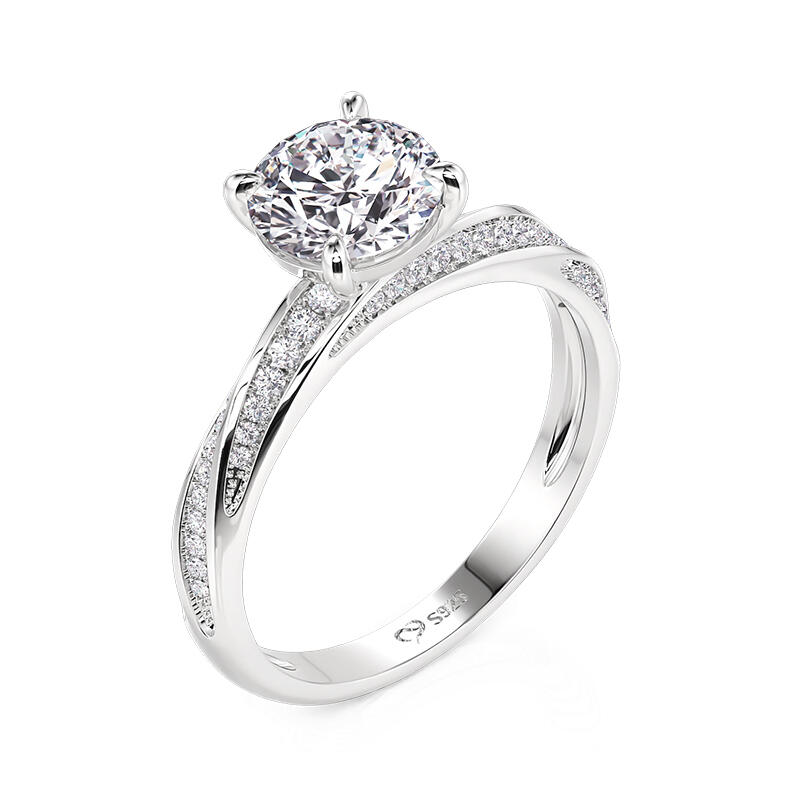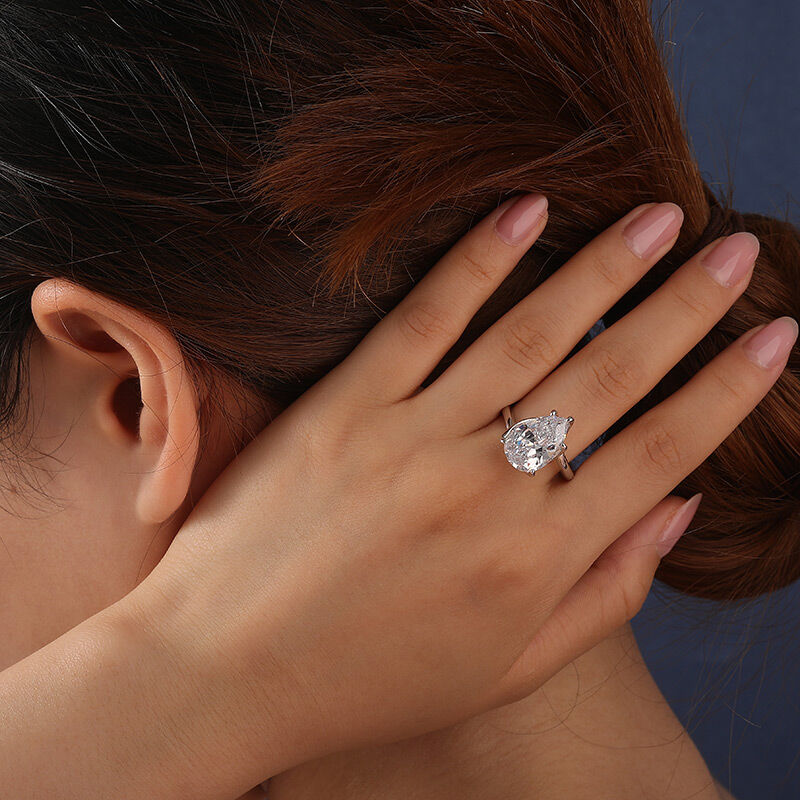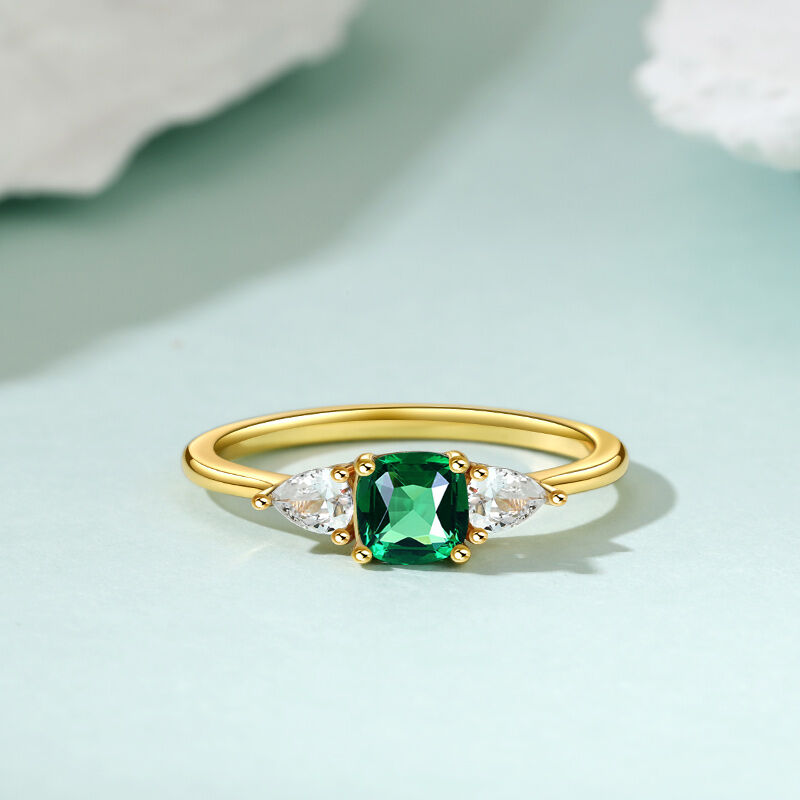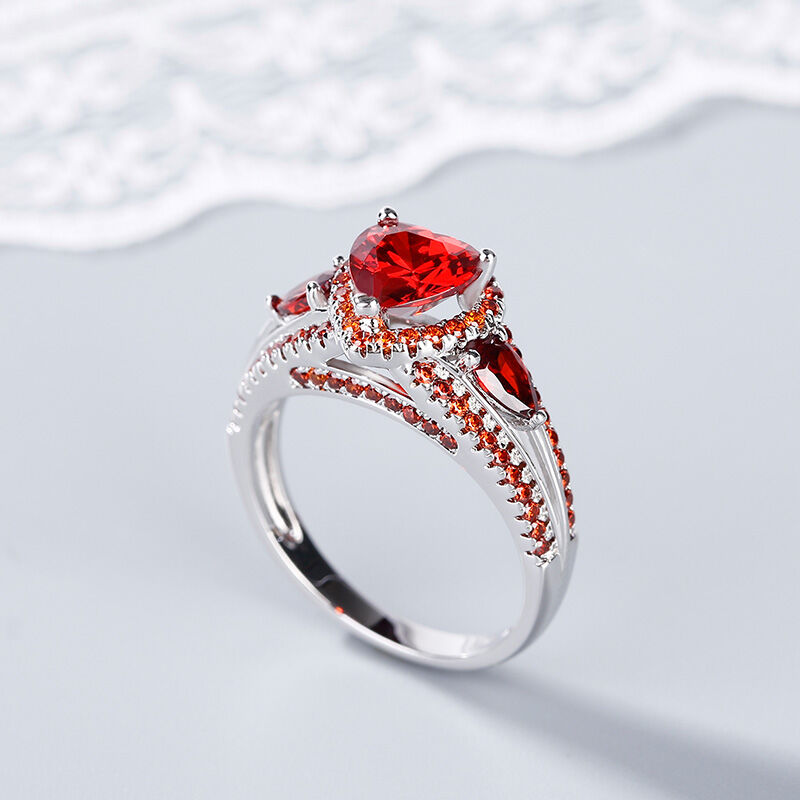Engagement Ring
 Few pieces of jewelry hold as much weight, meaning, and excitement as the engagement ring. It’s more than just a beautiful adornment; it’s a tangible promise, a beacon of future hopes, and a sparkling testament to a love story in the making.
Few pieces of jewelry hold as much weight, meaning, and excitement as the engagement ring. It’s more than just a beautiful adornment; it’s a tangible promise, a beacon of future hopes, and a sparkling testament to a love story in the making.
unique engagement rings is much more than its precious materials or dazzling sparkle. It’s a whisper of “forever,” a visible promise of partnership, and a daily reminder of the love that brought two people together.
Whether it’s a brilliant diamond, a colorful sapphire, or a unique family heirloom, the most perfect engagement ring is the one that authentically tells your unique love story and perfectly symbolizes your journey ahead.



